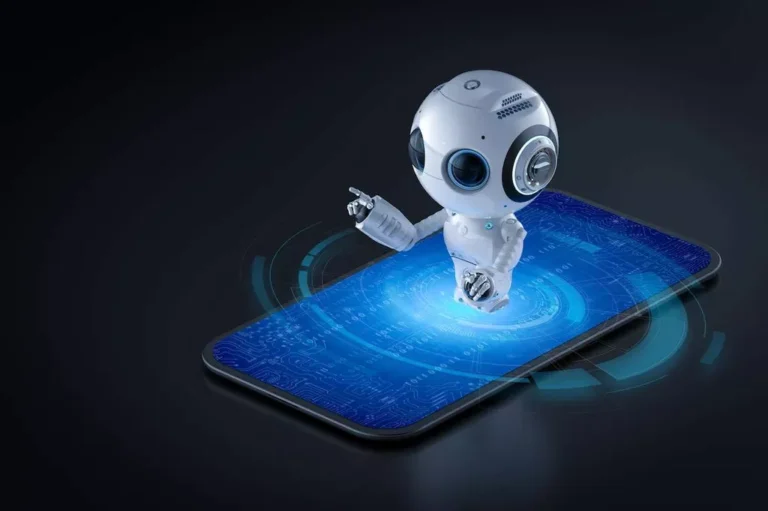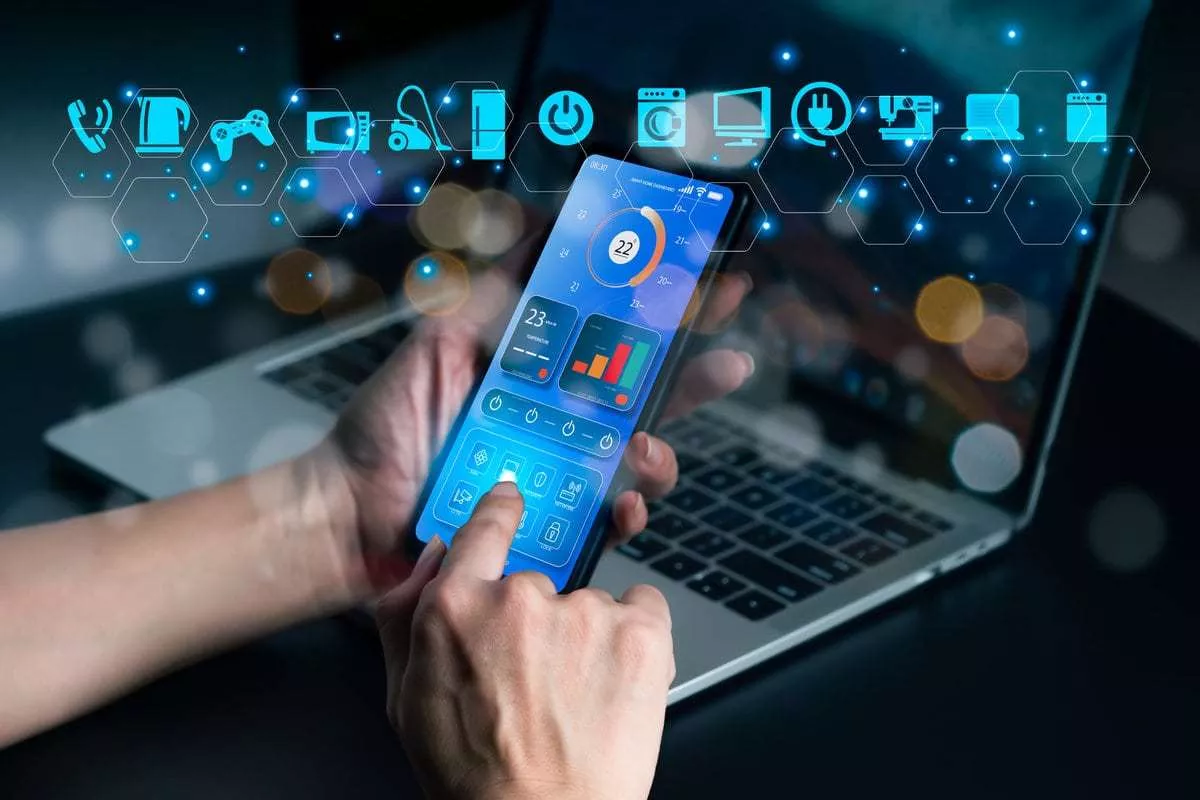Navigation apps like Google Maps and Waze depend upon edge computing to course of knowledge transmitted from customers and visitors monitoring gadgets in real time. This permits the apps to provide up-to-date route suggestions, avoiding traffic jams and figuring out the quickest path. Such strategies would possibly begin with a discussion of simply what the sting means, the place it exists for the business and the way it should benefit the group.
Such business-critical applications are hosted on edge compute on the department to offer low-latency access to users and supply business continuity. The edge computing home equipment typically have more capacity than the previous types of edge compute servers and can host multiple digital network features and functions on the identical hardware. Prospects deploy various sorts of gadgets to perform particular functions—for example, shop floor motors, X-ray machines, and vending machines. Data from this gear could be collected and analyzed to ensure secure and seamless operations and predict maintenance wants in advance. Computing sources are deployed nearer to the devices to process these workloads and deliver low latency responses.
Aws & Edge Computing: Wavelength Use Instances And Applications
However, edge computing has dangers and requires security protections to make sure compliance. Site Visitors administration itself ties in with autonomous automobile knowledge handled by edge computing, making it simpler to direct automobiles to paths of least congestion or circumvent roadblocks and accidents. Because it’s some of the important challenges that humanity faces proper now and this is an instance of how expertise, even the digital one, could make a optimistic impact. As prospects migrate to the cloud from their present natural language processing knowledge centers, smaller variants of knowledge centers have emerged to handle speedy deployment and portability for special events, and disaster administration.
In right now’s more and more digital world, the demand for real-time information processing and clever decision-making has by no means been greater. As artificial intelligence (AI) continues to advance, the shift toward Edge AI—where AI models run immediately on edge units rather than relying on cloud computing—is transforming industries and redefining how we interact with know-how. From self-driving cars making split-second choices to smart house gadgets responding instantly to person instructions, Edge AI is enabling quicker, more environment friendly, and more secure operations across a variety of purposes. In the sting computing model, organizations place compute, storage, and networking assets in an edge information heart — a colocation facility, remote office, retail retailer, warehouse, or manufacturing plant.

Examples Of Edge Computing Providers
For example, edge computing can optimize the frequency of buses throughout peak hours or dynamically open and shut further lanes as wanted. In the future, edge computing may even play a key role in managing autonomous automobiles, guaranteeing they will navigate city streets safely and efficiently with out relying on distant information centers. Edge AI uses machine studying algorithms, neural networks, and deep learning to train models to accurately carry out computations on (data from) edge units like Web of Things (IoT) devices, routers, switches, cameras, and sensors. If problems inside the mannequin come up, information is transferred to the cloud for added coaching.
- Edge computing is a type of growth of cloud computing structure – an optimized answer for decentralized infrastructure.
- Such strategies may begin with a discussion of simply what the sting means, the place it exists for the business and the way it ought to profit the group.
- Get regular updates about our products and services, recevie personalised provides, and achieve entry to exclusive knowledge from Conclusive Engineering.
- This allows them to higher plan their trips and commutes utilizing public transportation by taking the guesswork as to when a automobile will arrive.
What if we could scale back delays and enhance performance by bringing computing power closer to the place it is needed? Edge computing presents options to these challenges by transferring processing and storage capabilities nearer to the data source. The way forward for Edge AI is a shiny one, pushed by continuous improvements in each hardware and software design. Over time, these technologies are anticipated to turn out to be extra powerful and efficient as enhancements are made, which embrace the development of specialized AI chips and neuromorphic processors which may be expected to deal with complex duties locally. Additionally, developments in 5G know-how will provide quicker and extra reliable connectivity, enhancing real-time processing and enabling seamless integration between edge devices and cloud techniques.
Predictive Upkeep
Edge computing can be dealt with by sensor-based units, network units transmitting information, or on-site servers positioned close to the associated devices sending or receiving data. Our EdgeRack micro data middle enclosures are engineered to excel in edge environments. Built for small spaces, they’ve environment friendly, self-contained cooling and different elements wanted for a totally outfitted mini edge data center.
Perhaps probably the most noteworthy pattern is edge availability, and edge services are anticipated to become available worldwide by 2028. Where edge computing is usually situation-specific at present https://www.globalcloudteam.com/, the know-how is expected to turn into extra ubiquitous and shift the way in which that the internet is used, bringing more abstraction and potential use cases for edge expertise. Vitality used edge AI to save money with the creation of a sustainable infrastructure to drive environment friendly resource management. Edge AI can enhance distribution, predict demand, and maximize grid efficiency by analyzing historic knowledge, weather patterns, and energy health data collectively. Sensible grids use AI-equipped edge to establish anomalies and improve the circulate of vitality in real-time.
Edge Computing is outlined as a distributed information know-how architecture in which the client data is being processed at the periphery of the community. Subsequently edge computing is the deployment of computing and storage resources at the location the place the info is produced. Edge computing has developed as a viable and necessary architecture that helps distributed computing to deploy computing and storage assets. As these advancements continue, Edge AI will play an important position in making technology more responsive, decreasing latency, and improving privateness by preserving data processing nearer to the supply. With increasing investments and analysis, the capabilities of Edge AI will solely broaden, paving the means in which what is edge computing in simple terms for smarter, extra linked environments in the years to come.
Learn how companies are leveraging edge for quicker processing, lower latency, and new revenue streams. In addition to low latency, the benefits of edge computing embody reliability, knowledge transfer efficiency, real-time analytics and enhanced information privacy. Edge computing bridges the gap between knowledge processing and information generation to achieve quicker outcomes. This information discusses the examples, use instances, benefits and drawbacks of edge computing. Staff use these applied sciences to information them through their duties and to learn new processes. Businesses apply the technologies to allow distinctive and customized experiences, corresponding to personalised purchasing displays.

For many good devices and autonomous techniques with real-time data assortment, edge computing is a gamechanger. By using edge computing, these units and techniques go beyond just real-time knowledge collection, offering processing and results in real time. Furthermore, edge computing delivers the velocity required for manufacturing and industrial operations, the place automated meeting strains move quickly and require real-time interventions to address problems.
With most monetary transactions handled electronically and through self-service tools, many banks want to streamline their operations with automated services. Kiosks installed in branches and off-premises locations transcend ATM providers, enabling customers to open accounts, obtain debit cards, order checks, apply for loans, and perform other tasks that might traditionally require human interplay. Edge computing helps these new technologies as nicely as more traditional in-branch services. Finding examples of edge computing in the actual world right now isn’t exhausting — what’s tougher is knowing whether a given example meets the definition of edge computing, which always appears to be shifting.








